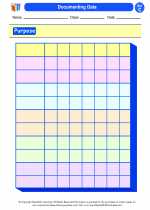Crystalline Structure
Crystalline structure refers to the arrangement of atoms or molecules in a solid material. In a crystalline solid, the atoms are arranged in a highly ordered and repeating pattern, forming a crystal lattice. This regular arrangement gives crystalline solids their characteristic properties, such as cleavage, anisotropy, and the ability to form well-defined geometric shapes.
Key characteristics of crystalline structures include:
- Repeating Pattern: The atoms or molecules in a crystalline solid are arranged in a repeating pattern throughout the material.
- Long-Range Order: The arrangement extends over a large distance, giving the material its crystalline properties.
- Distinctive Melting Point: Crystalline solids have a specific and well-defined melting point due to the regular arrangement of their atoms.
- Sharp Cleavage: Crystalline materials tend to cleave along specific planes due to the ordered arrangement of atoms.
Types of Crystalline Structures
There are several types of crystalline structures, each with its own unique arrangement of atoms or molecules. Some common types of crystalline structures include:
- Simple Cubic Structure: In this structure, the atoms are arranged at the corners of a cube, with one atom at each corner.
- Body-Centered Cubic Structure: This structure has atoms at the corners of the cube, as well as one atom at the center of the cube.
- Face-Centered Cubic Structure: Here, the atoms are located at the corners of the cube and in the center of each face of the cube.
- Hexagonal Close-Packed Structure: In this structure, the atoms are arranged in a closely packed hexagonal pattern.
- Cubic Close-Packed Structure: This structure has atoms arranged in a closely packed cubic pattern.
Study Guide
To understand crystalline structure better, here are some key points to focus on:
- Learn the definition of crystalline structure and its importance in determining the properties of solids.
- Understand the concept of crystal lattice and how it relates to the arrangement of atoms in a crystalline solid.
- Study the different types of crystalline structures and their unique arrangements of atoms or molecules.
- Explore the properties of crystalline solids, such as cleavage, anisotropy, and distinctive melting points.
- Practice identifying different crystalline structures and understanding their characteristics.
By mastering the concept of crystalline structure, you will gain a deeper understanding of the properties and behavior of various solid materials.
.◂Science Worksheets and Study Guides Third Grade. Science in our world - 3rd gr.
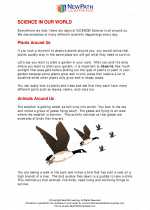
 Worksheet/Answer key
Worksheet/Answer key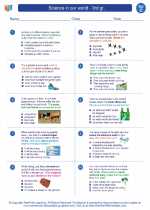
 Worksheet/Answer key
Worksheet/Answer key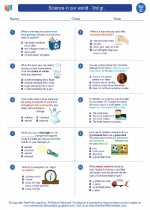
 Worksheet/Answer key
Worksheet/Answer key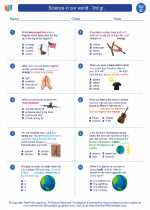
 Worksheet/Answer key
Worksheet/Answer key